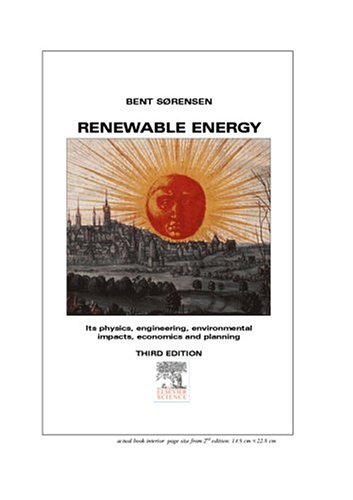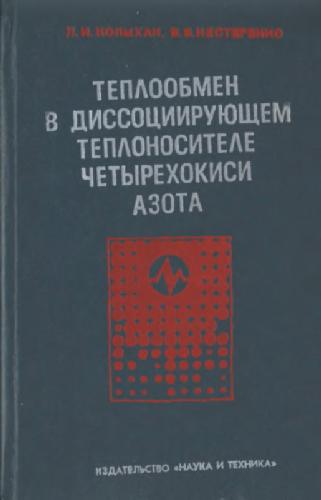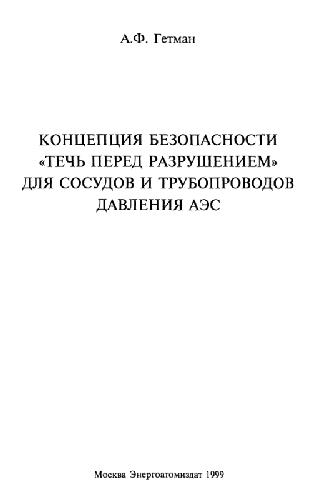Bent Sorensen, Bent Srensen0126561508, 9780126561500
Table of contents :
Preface……Page 5
Preface to second edition……Page 6
Contents……Page 10
Units and conversion tables……Page 18
1.1 Current penetration of renewable energry technologies in the marketplace……Page 19
1.2 The energy scene – its history and present state……Page 32
1.3 The energy future and the role of renewable energy……Page 42
1.4 Suggested topics for discussion……Page 46
2.1 Solar radiation……Page 47
2.1.2 Spectral composition of solar radiation……Page 48
2.2.1 Radiation at the top of the atmosphere……Page 54
2.2.2 Radiation at the Earth’s surface……Page 61
2.3.1 The atmosphere……Page 74
2.3.2 The oceans and continents……Page 109
2.3.3 The climate……Page 133
2.4.1 The flows of energy and matter……Page 140
2.4.2 Climate changes……Page 152
2.A Origins of stellar energy……Page 172
2.B Vertical transport in or near the boundry layer……Page 194
2.C Modelling the atmosphere and the oceans……Page 202
2.D Tides and waves……Page 215
2.5 Suggested topics for discussion……Page 225
3.1 Solar radiation……Page 228
3.1.1 Direct radiation……Page 230
3.1.2 Scattered radiation……Page 234
3.1.3 Total short-wavelength radiation……Page 236
3.1.4 Long-wavelength radiation……Page 244
3.1.5 Variability of solar radiation……Page 249
3.2 Wind……Page 254
3.2.1 Wind velocities……Page 255
3.2.2 Kinetic energy in the wind……Page 263
3.2.3 Power in the wind……Page 265
3.2.4 Variability in wind power……Page 267
3.3.1 Wave spectra……Page 272
3.3.2 Power in the waves……Page 276
3.4.1 Ocean currents……Page 280
3.4.2 River flows, hydropower and elevated water storage……Page 285
3.4.3 Tides……Page 289
3.5 Heat flows and stored heat……Page 293
3.5.1 Solar-derived heat sources……Page 294
3.5.2 Geothermal flaws and stored energy……Page 300
3.6 Biological conversion and storage of energy……Page 307
3.6.1 Photosynthesis……Page 308
2.6.2 Productivity in different environments……Page 314
3.7.1 Atmospheric electricity……Page 325
3.7.2 Salinity differences……Page 327
3.7.3 Nuclear energy……Page 329
3.8 Suggested topics for discussion……Page 334
4.1.1 Conversion between energy forms……Page 336
4.1.2 Thermodynamic energy cycles……Page 345
4.1.3 Thermodynamic and thermionic conversion……Page 348
4.1.4 Turbines and other flow-driven converters……Page 352
4.1.5 Photovoltaic conversion……Page 357
4.1.6 Electrochemical conversion……Page 367
4.2.1 Heat generation……Page 372
4.2.2 Applications for cooling, pumping etc…….Page 394
4.2.3 Solar electricity generation……Page 398
4.3.1 Conversion of wind flow……Page 430
4.3.2 Propeller-type converters……Page 434
4.3.3 Cross-wind converters……Page 454
4.3.4 Augmenters and other “advanced” converters……Page 0
4.3.5 Heat, electrical or mechanical power, and fuel generation……Page 463
4.3.6 Commercial wind power development……Page 465
4.4.1 Pneumatic converter……Page 13
4.10 Suggested topics for discussion……Page 14
4.5 Conversion of water flows or elevated water……Page 481
4.6.1 Application to heating……Page 484
4.6.2 Conversion of heat into work or electricity……Page 486
4.7.1 Fuel cell technologies……Page 492
4.8 Conversion of biological material……Page 496
4.8.1 Heat production from biomass……Page 498
4.8.2 Fuel production from biomass: overview and generation of gaseous fuels……Page 505
4.8.3 Fuel production from biomass: generation of liquid biofuels……Page 522
4.9.1 Conversion of salinity gradient resources……Page 530
4.A Energy bands in semiconductors……Page 533
5.1 Energy transmission……Page 541
5.1.1 Transmission of heat……Page 542
5.1.2 Transmission of electricity……Page 544
5.1.3 Other types of transmission……Page 547
5.2.1 Storage of heat……Page 548
5.2.2 Storage of high-quality energy forms……Page 572
5.3 Suggested topics for discussion……Page 606
6.1 Energy systems……Page 609
6.2 Simulation of system performance……Page 610
6.2.1 Treatment of time variable……Page 612
6.2.2 Load structure……Page 614
6.2.3 Source data……Page 637
6.2.4 Photovoltaic power production……Page 639
6.2.5 Wind power production……Page 643
6.2.6 Food production……Page 650
6.2.7 Biofuel production……Page 657
6.2.8 System choice……Page 662
6.3 Examples of local system simulations……Page 663
6.3.1 Solar heat or heat-and-electricity producing systems……Page 664
6.3.2 Wind electricity systems……Page 690
6.4.1 Decentralised renewable energy 2050 scenario……Page 716
6.4.2 Centralised renewable energy 2050 scenario……Page 724
6.4.3 Implementation and resilience of scenario……Page 741
6.5 Suggested topics for discussion……Page 745
7.1 Framework of socio-economic analysis……Page 749
7.1.1 Social values and the indroduction of monetary economies……Page 750
7.1.2 Economic theory……Page 752
7.2 Direct cost evaluation……Page 759
7.2.1 Treatment of inflation……Page 760
7.2.2 Present value calculations……Page 761
7.2.3 Cost profiles and break-even prices……Page 762
7.3.1 Resource and environmental management……Page 767
7.3.2 Regional economy……Page 772
7.3.3 National economy……Page 774
7.3.4 World economy……Page 780
7.3.5 Privatisation of the energy industry and related problems……Page 782
7.4 Life-cycle analysis……Page 785
7.4.1 Defining purpose and scope of LCA……Page 786
7.4.2 Treatment of import and export……Page 789
7.4.3 What to include in an LCA……Page 793
7.4.4 Choosing the context……Page 798
7.4.5 Aggregation issues……Page 799
7.4.6 Monetising issues……Page 805
7.4.7 Chain calculations……Page 808
7.4.8 Matrix calculations……Page 812
7.4.9 Communicating with decision-makers……Page 815
7.4.10 Application of life-cycle analysis……Page 818
7.4.11 LCA of greenhouse gas emissions……Page 819
7.4.12 LCA of power production chains……Page 832
7.4.13 LCA of energy systems……Page 856
7.5.1 Wind power system without energy storage……Page 873
7.5.2 Energy systems with storage……Page 881
7.6 Suggested topics for discussion……Page 885
8. Winding up……Page 888
References……Page 894
Subject index……Page 932







Reviews
There are no reviews yet.